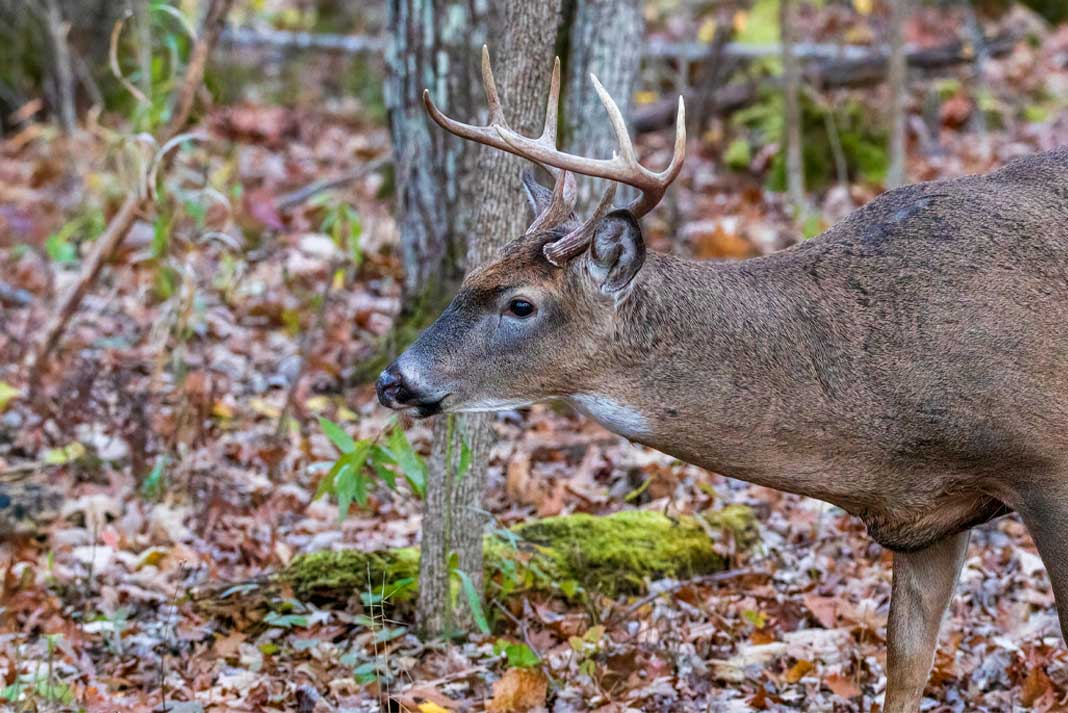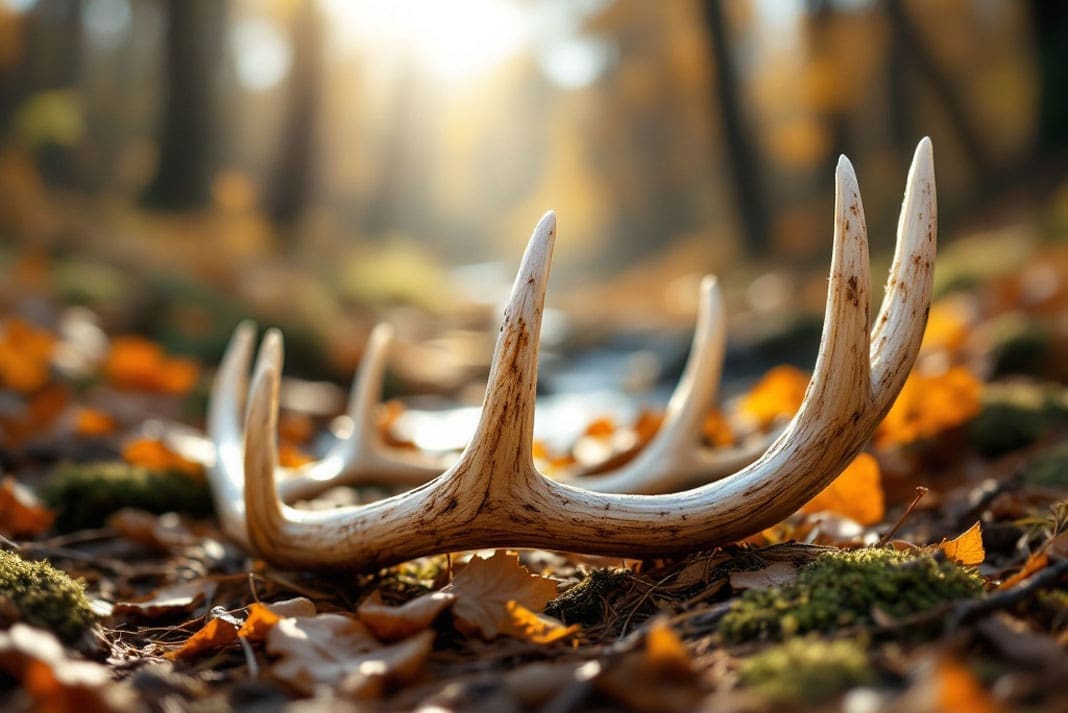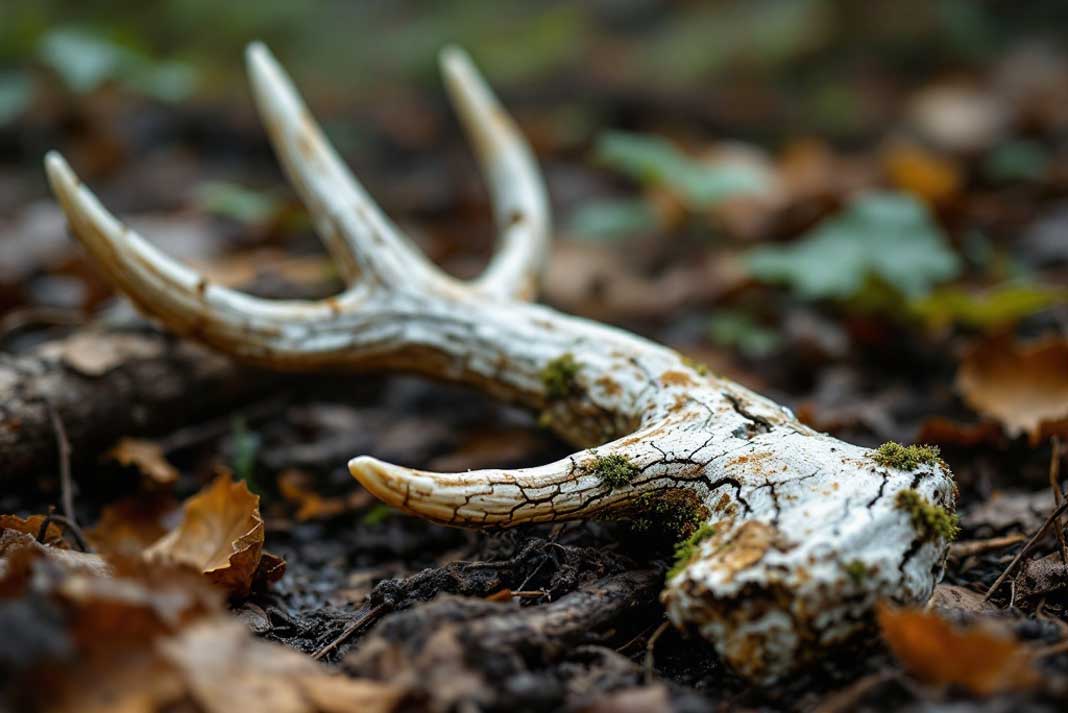Shed hunting has emerged as a popular pursuit among outdoor enthusiasts, combining the thrill of the hunt with the joy of discovery.
This unique activity involves searching for antlers that deer and other animals naturally shed each year, typically during the late winter and early spring months. For many hunters, shed hunting serves as an excellent way to stay connected with nature during the off-season, while also providing valuable insights into local wildlife populations.
The allure of shed hunting lies not only in the potential for finding impressive antlers but also in the opportunity to observe animal behavior and habitat. Whether one is a seasoned hunter or a novice, shed hunting offers a rewarding experience that fosters a deeper appreciation for wildlife and the environment. As hunters gear up for this exciting activity, understanding the nuances of antler-shedding behavior, optimal locations, and essential gear can significantly enhance their success in the field.
Understanding the Behavior of Antler-Shedding Animals
To effectively locate shed antlers, it is crucial to understand the behavior of the animals that shed them. Most commonly, deer species such as whitetails and mule deer are the primary targets for shed hunters. These animals typically shed their antlers in late winter to early spring, with timing influenced by factors such as age, health, and environmental conditions.
For instance, older bucks may shed their antlers earlier than younger ones, while harsh winters can delay the shedding process. Antler shedding is a natural physiological process driven by hormonal changes in response to decreasing daylight hours and changing temperatures. As testosterone levels drop, the connection between the antlers and the skull weakens, leading to eventual shedding.
Understanding this cycle can help hunters predict when and where to search for these valuable finds. Additionally, observing animal behavior during this time can provide clues about their movement patterns and preferred habitats, further aiding in successful shed hunting.
Best Times and Locations for Shed Hunting

Timing is everything when it comes to shed hunting. The best months for searching are typically February through April, depending on geographic location and climate. In regions with milder winters, antlers may drop as early as January, while colder areas may see shedding extend into late March or even early April.
Monitoring local wildlife reports and observing deer activity can help hunters pinpoint the optimal time for their shed-hunting excursions. When it comes to locations, certain areas are more promising than others. Look for places where deer congregate during winter months, such as food sources like agricultural fields or natural browse areas.
Additionally, south-facing slopes often provide warmer microclimates that attract deer during colder weather. Other ideal locations include: – **Bedding Areas**: Look for thick cover where deer feel safe resting.
– **Travel Corridors**: Identify trails leading to food sources or water.
– **Fenced Areas**: Deer often feel secure in areas with limited human access.
– **Near Water Sources**: Deer need water, especially during dry spells. By focusing on these strategic locations during peak shedding times, hunters can significantly increase their chances of finding shed antlers.
Essential Gear and Tools for Shed Hunting
While shed hunting may seem straightforward, having the right gear can make a significant difference in both comfort and success.
Essential Deer Antler Shed Hunting Tools Include:
- Comfortable Footwear: Sturdy boots with good traction are vital for traversing various terrains.
- Binoculars: A quality pair of binoculars allows hunters to scan large areas without disturbing wildlife.
- Backpack: A lightweight backpack is useful for carrying water, snacks, and any found antlers.
- GPS or Map: Navigational tools help hunters keep track of their routes and mark successful locations.
In addition to these basics, some hunters may choose to carry specialized tools such as a metal detector or a camera for documenting their finds. Investing in quality gear not only enhances the overall experience but also ensures safety and efficiency while out in the field.
Techniques for Finding Shed Antlers
Finding shed antlers requires a combination of patience, strategy, and keen observation skills. One effective technique is to adopt a slow and methodical approach while walking through potential areas. Instead of rushing through a location, hunters should take their time to scan the ground thoroughly, looking for any signs of antlers among the foliage.
Another useful strategy is to focus on specific features of the landscape. For example, antlers are often found near trees or bushes where deer may have rubbed against them while shedding. Additionally, paying attention to changes in terrain can lead hunters to hidden treasures; antlers may be more visible on slopes or near water sources where deer frequently travel.
Moreover, utilizing scent can also enhance success rates. Deer are naturally curious animals; using scents that mimic food or other deer can draw them closer to areas where hunters might find sheds. By employing these techniques and remaining observant, hunters can improve their chances of uncovering valuable finds.
Identifying and Evaluating Shed Antlers

Identifying Shed Antler Characteristics
Once a shed antler is located, it is essential to identify its characteristics accurately. Antlers vary significantly between species and individual animals; understanding these differences can help hunters appreciate their finds more fully. For instance, whitetail deer typically have a more symmetrical shape with tines that point upward, while mule deer exhibit broader, flatter antlers with more pronounced forks.
Evaluating Shed Antler Quality
Evaluating the quality of a shed antler involves examining its size, weight, and overall condition. Larger antlers with well-defined tines are often more sought after by collectors and enthusiasts alike. Additionally, checking for signs of wear or damage can provide insight into the animal’s health and age at the time of shedding.
Documenting Your Finds
Hunters should also consider documenting their finds through photographs or notes detailing location and size. This practice not only helps track personal collections but also contributes valuable data to wildlife management efforts in their area.
Ethical Considerations in Shed Hunting
As with any outdoor activity, ethical considerations play a crucial role in responsible shed hunting practices. Respecting wildlife habitats and minimizing disturbance to animals should always be a priority for hunters. This includes avoiding areas where deer are known to be wintering or feeding heavily during harsh weather conditions.
Additionally, hunters should be mindful of local regulations regarding shed hunting. Some states have specific rules about when and where it is permissible to search for antlers; adhering to these guidelines helps protect wildlife populations and ensures sustainable practices. Moreover, it is essential to leave no trace while out in nature.
This means packing out any trash and avoiding damage to vegetation or soil during searches. By practicing ethical shed hunting techniques, hunters contribute positively to conservation efforts and promote a healthy relationship with wildlife.
Preserving and Displaying Shed Antlers
Once shed antlers have been collected, many hunters choose to preserve and display them as trophies or decorative pieces. Proper care is essential to maintain their condition over time. First, it is crucial to clean any dirt or debris from the antlers using a soft brush or cloth; avoid using harsh chemicals that could damage the surface.
For those looking to display their finds, creative options abound.
Some popular methods include:
- Mounting on Plaques: Attaching antlers to wooden plaques creates an attractive display piece.
- Shadow Boxes: Encasing antlers in shadow boxes allows for creative arrangements alongside photographs or other memorabilia.
- Artistic Arrangements: Incorporating antlers into home decor or furniture adds a rustic touch to any space. By taking care of their finds and displaying them thoughtfully, hunters can celebrate their successes while sharing their passion for shed hunting with others.
In conclusion
Shed hunting offers an enriching experience for both novice and seasoned hunters alike. By understanding animal behavior, timing searches effectively, utilizing essential gear, employing strategic techniques, respecting ethical considerations, and preserving finds thoughtfully, individuals can enhance their shed-hunting adventures significantly. As they venture into the great outdoors in search of these hidden treasures, they not only connect with nature but also contribute positively to wildlife conservation efforts.
Engaging with fellow enthusiasts through local clubs or online forums can further enrich this rewarding pursuit—encouraging shared experiences and knowledge among all who appreciate the art of shed hunting.
If you’re a fan of shed hunting, you may also be interested in reading about preparing for the opening day of deer hunting season. This article offers valuable tips and advice for hunters gearing up for the start of deer hunting season. Check it out here to ensure you’re ready for the big day.
Submit Your Hunting Photo for Publication!
FAQs
What is shed hunting?
Shed hunting is the practice of searching for antlers that have been naturally shed by deer, elk, or moose.
When is shed hunting season?
Shed hunting season typically occurs in the late winter and early spring, after the animals have shed their antlers.
Why do animals shed their antlers?
Animals shed their antlers as a natural process, typically after the mating season. This allows them to grow new, larger antlers for the next mating season.
Is shed hunting legal?
Shed hunting is legal in many areas, but it’s important to check local regulations and obtain any necessary permits before going shed hunting.
What are some tips for shed hunting?
Some tips for shed hunting include looking for antlers in areas where animals feed, travel, or bed down, and using binoculars to scan the area for antlers.
What can shed antlers be used for?
Shed antlers can be used for a variety of purposes, including crafting, home decor, and dog chews. Some people also collect shed antlers as a hobby.

